How to Properly Protect Your Hands While Boxing: Your Ultimate Guide

Boxing is a contact sport that can result in minor to severe injury if proper equipment isn't utilized or improper technique is used. Protective gear like boxing gloves, hand wraps, knuckle shields, etc., can help teach you proper technique, hone your skills, and protect your hands from injury.
Protecting your hands helps ensure longevity in boxing while avoiding costly medical bills from preventable injuries. Keep reading to learn the consequences of not protecting your hands, common injuries you could sustain, the proper protection equipment, and how they protect your most precious boxing asset.
What Happens if You Don't Protect Your Hands While Boxing?
Boxing without gloves, wraps, or knuckle shields is a hotly debated subject. Some say that training on a punching bag bare-knuckled is not a bad idea, as it can strengthen your knuckles, wrist muscles, and forearm. Despite its potential benefits, there are some risks involved.
You should do most of your training with hand protection, including boxing equipment such as wraps, knuckle shields, and gloves. Training on a punching bag or sparring with minimal to no hand protection can lead to injuries like bruised or broken knuckles, torn skin, and damage to the bone structure of your hands and wrists.
Some injuries sustained while training with no protection can have lasting effects. For example, Jake Bostwick is an MMA fighter that has broken his hands over ten times throughout his pro career.
As a result of his knuckles being smashed while fighting, he now has one index finger shorter than the other.

Common Hand Injuries in Boxing
You can sustain various types of injuries while engaging in a contact sport like boxing. Many of those injuries come from repeated blows to the head in situations where proper headgear isn't used, like MMA fighting, or when improper technique results in injury. Aside from your head, your hands and wrists are the most likely to sustain injury. The following lists some of the most common injuries your hands can sustain while boxing.
Carpometacarpal Instability
Carpometacarpal instability affects the carpometacarpal thumb joint (CMCJ). It is characterized by varying and potentially progressive dislocation of the joint surfaces, which results in abnormal movement of the thumb muscles and a displaced axis of rotation. This injury causes pain, functional limitations, and weakness, which is most notable during grasping or pinch actions.
Without intervention, an unstable joint can become fixed in a deformed position. With medical intervention, a stabilized joint can take several months, even as long as a year, to properly heal.
Scapholunate Instability
Scapholunate instability affects the wrist and results in a loss of typical alignment and synchronous motion between the lunate and the scaphoid. The symptoms of this injury are functional limitations, pain, bruising, swelling, grinding, and weakness.
This particular injury is critical to diagnose in the beginning stages as chronic SL instability is complex and difficult to treat. For contact sports, this injury takes 3-6 months to heal, depending on the severity.
Finger Metacarpophalangeal (MCP)
Finger Metacarpophalangeal affects the joints between the metacarpal bones and the proximal phalanges or bones of the fingers. This type of injury is most common in the index and small fingers. The injury is often due to hyperextension of the metacarpophalangeal joint, causing dislocation.
Symptoms of this injury include a crooked finger, swelling, pain, functional limitation, and weakness. The typical healing time for this type of injury is 4-6 weeks but may be longer for those engaged in contact sports.
Thumb Ulnar Collateral
Thumb Ulnar Collateral is essentially a sprained thumb and occurs when the ulnar collateral ligament gets stretched too far or tears. This injury can severely limit motion, especially regarding gripping or squeezing. Other symptoms include pain, bruising, swelling, a lump inside the thumb, and weakness. The ligament typically takes 10-12 weeks to fully heal.
Ligament Sprains
Ligaments are strong, flexible fibers that hold bones together. A sprain to the ligament occurs when it is stretched too far or tears. Like the thumb ulnar collateral, the symptoms include functional limitations, pain, swelling, bruising, and weakness. There are different grades of sprains, and healing time depends on the grade, so it can take anywhere from a few weeks to three months if surgery is not needed.

What Boxing Equipment Protects Your Hands?
Your hands are your main tool in boxing, so they should be protected at all costs. On average, a boxer will wear seven pieces of equipment, including headgear, boxing shoes, mouth guard, etc. Three of the seven pieces of equipment are strictly for hand protection.
The boxing equipment for protecting your hands are boxing gloves, hand wraps or gauze, and knuckle shields. Each piece of equipment has different types and uses. What a boxer chooses to wear depends on the type of fighting or training they participate in, their skill level, and personal preference.
Protecting your hands isn't limited to what you wear on your hands; it also extends to the type of equipment you use for training, like punching bags, and the technique you use. A high-quality punching bag will help save your hands from injury. When selecting a punching bag, consider the material and level of hardness. A softer bag covered in vinyl or leather is more suitable for a beginner, while a heavier bag covered in the same material is best for advanced boxers.
How Boxing Gloves Protect Your Hands
A few key differences exist between punching with bare hands and boxing gloves. Boxing gloves can diminish the speed of your punch, reducing the punch's force. Your punches will have less effect than if you were bare-knuckled, but you will also be less prone to injury. When punching with boxing gloves, the impact area is larger, so the effect spreads through a wider region, lessening the shock.
Protects Your Knuckles
The impact on a punching bag or another boxer is a shock to your hands and knuckles. The use of boxing gloves allows some of that shock to be absorbed by the glove and not your hands and knuckles. Diffusing the shock over a larger surface area that acts as a barrier for the brunt of the force protects your knuckles from injury.
Reduces Your Risk for Cuts
Injuries like broken noses or cuts on the brow bone are very common in boxing but are severely lessened by using safety equipment like gloves. Not only do gloves reduce injuries to the face of your opponent and vice versa, but it also reduces the risk of cuts to the hands. Having open cuts on your hands that continue to get impacted with force can lead to greater injuries.
Offers Wrist Support
Boxing gloves protect you from wearing down the bones and joints in your hands and provide wrist support. In the same way the gloves reduce the risk of injury to your hands, it does for your wrists, reducing the risk of fractures, dislocations, sprains, and more. Wrist injuries can stop fighting instantly, lead to a long recovery time, and possibly need surgery.
What Boxing Gloves Should You Use?

Choosing boxing gloves depends on what you're using them for, your skill level, and your preference. You should consider the purpose of the gloves first, sparring, bag, or competing. You'll need the right fit in terms of size and weight, and you'll want the right material.
High-quality boxing gloves are always a must, regardless of your skill level. Beginners will probably want to start with a heavier glove that offers more protection against injury. As your skill level increases, you can reduce the weight of your gloves comfortably. Either way, gloves should always be comfortable and snug, with fingers resting near the top of the gloves with wrist wraps or knuckle guards on.
Boxing gloves should be durable, resistant to impact, and compressive. You'll need the right material to achieve all those objectives. Leather is one of the most flexible, comfortable, and strong materials for boxing gloves available. They are also quick drying, making them less likely to smell or be a breeding ground for bacteria. On the flip side, you may want to steer clear of materials like vinyl, which are more likely to wear out quickly and don't provide sufficient support.
Bag Gloves
These types of gloves are best suited for use with boxing pads or a punching bag. They are typically lighter, smaller, and contain less padding than sparring gloves, which allows you to recognize the effects of using the wrong technique. Because you're hitting an inanimate object, intense padding isn't necessary. However, you can find bag gloves with more padding; four layers are sufficient for shock absorption.
Sparring Gloves
Sparring gloves are used for training and have more padding than bag or traditional boxing gloves. The extra padding is to cushion your fingers and knuckles to prevent injury when sparring with a partner. Sparring aims to learn the necessary skills and techniques for fighting, so the extra cushion prevents you from hitting your sparring partner with full force.
Training Gloves
The most versatile option of the three, with enough padding for use in sparring or on a punching bag. The padding sits right in between, heavier than bag gloves but lighter than sparring gloves. The best kind of training glove has reliable wrist support like the MK1 "Select" Lace Up Boxing Gloves.
Competition Boxing Gloves
These gloves are used in professional boxing and offer less padding and, therefore, less protection than training or sparring gloves. They are typically more compact, smaller, and lighter, usually weighing 8 or 10 oz. They are designed to protect the hand and wrist without regard for your opponent.
Should You Wrap Your Hands When Boxing?
Boxing protective gear is all about reducing the risk of injury, especially if you are a beginner and haven't learned the proper technique yet. Boxing gloves are an essential component of protection equipment, but even with the padding they provide, it's not enough, especially if you're using competition gloves which have less padding than training and sparring gloves.
Yes, it is highly recommended that you wrap your hands when boxing, whether training or competing. Your fingers and knuckles will have the extra cushion they need, and it will provide extra stability and support to your wrist, reducing injuries there as well.
Two popular types of hand wraps are traditional hand wraps and quick wraps. Traditional hand wraps have a long elastic band that goes across all fingers, securing them together to create one solid unit. These types of wraps tend to be less expensive but take time to learn how to use them properly. Quick wraps are great for beginners who don't have the technique of traditional wraps down but still want hand and wrist protection.
What Are Knuckle Guards and Should You Use Them?
Hand wraps and boxing gloves might seem like enough support and protection, but there are various scenarios in which injuries can still occur. For example, low-quality gloves or incorrect hand wrapping can make your hands vulnerable, especially your knuckles. For added protection, you can turn to sparring accessories like knuckle guards.
Knuckle guards or knuckle shields are an added layer of protection specifically designed for knuckle protection. They are typically made with gel inner padding and offer maximum protection when combined with hand wraps and gloves. Some knuckle shields, like MK1 "Jet" Premium Knuckle Shields, can be used without hand wraps. These specific knuckle protectors are particularly great for sparring.
Knuckle shields can be used to prevent/rehab a boxer from knuckle bruising and protect against blunt force injuries. Alone, they offer professional-level protection without needing the services of a coach or partner to wrap your hands. If you use them with hand wraps, be sure the boxing gloves are large enough to accommodate both.
Final Thoughts

Whether you do boxing professionally or as a leisure activity to stay fit, the number priority is always boxing safety. Lack of safety can result in long-term injuries that can impact your quality of life. Protective gear is always the smarter choice, and quality products from a trusted authority, like MK1 Boxing, will ensure your safety.
Sources
https://baysideboxing.com.au/importance-of-boxing-gloves/
https://pubmed.ncbi.nlm.nih.gov/35465943/
https://www.londonupperlimbsurgery.co.uk/scapholunate-ligament-injury
https://radsource.us/scapholunate-instability-update/
https://sydneywestphysio.com.au/physiotherapy/boxing-a-stronger-and-safer-wrist/
https://www.ncbi.nlm.nih.gov/pmc/articles/PMC7237763/
https://handsurgeonsnyc.com/metacarpal-phalangeal-joint-dislocation/
https://upswinghealth.com/conditions/thumb-ulnar-collateral-ligament-ucl-injury/
https://healthcare.utah.edu/orthopaedics/specialties/ligament-sprains
https://www.thefightfactory.com.au/blogs/blog/how-to-choose-the-right-boxing-gloves




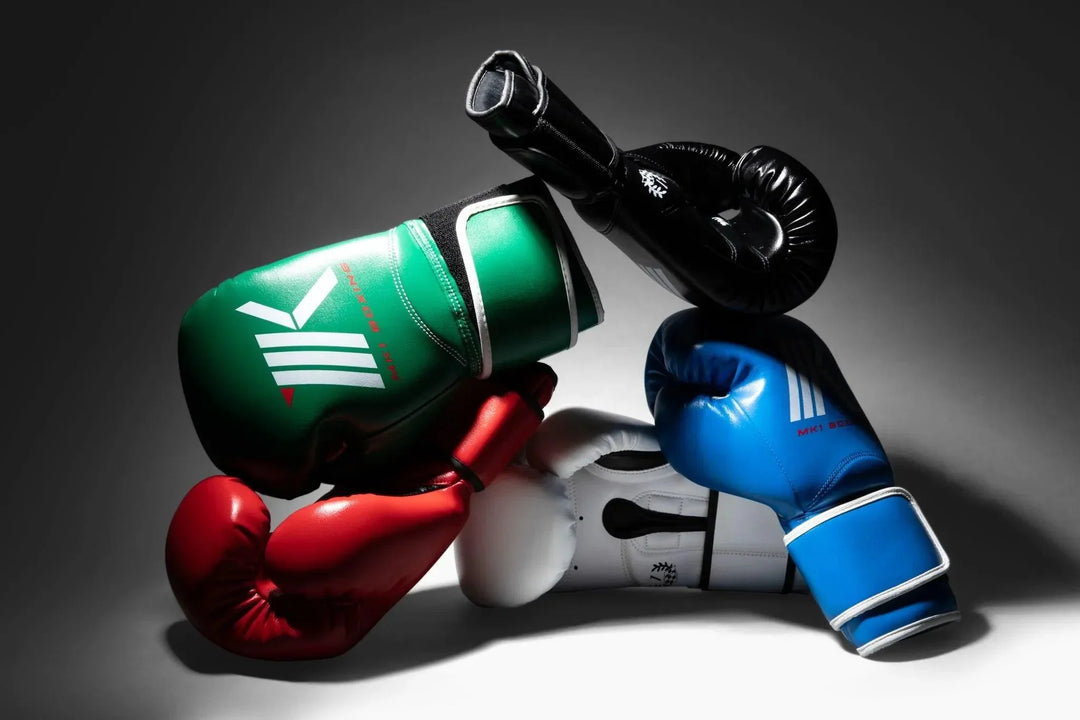
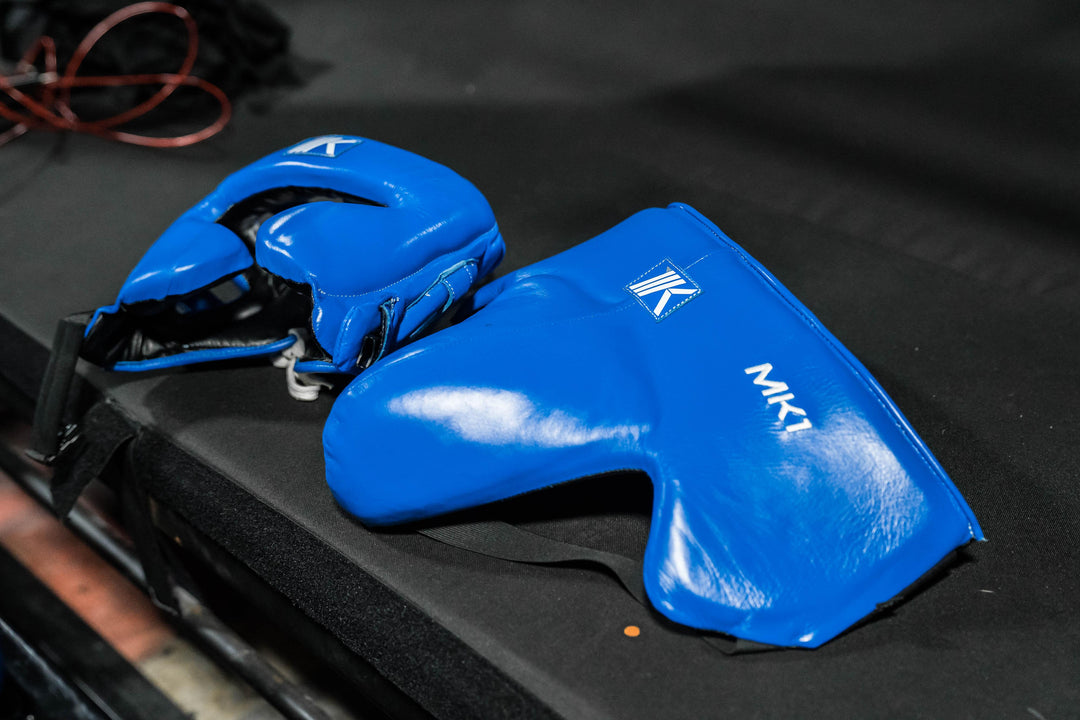
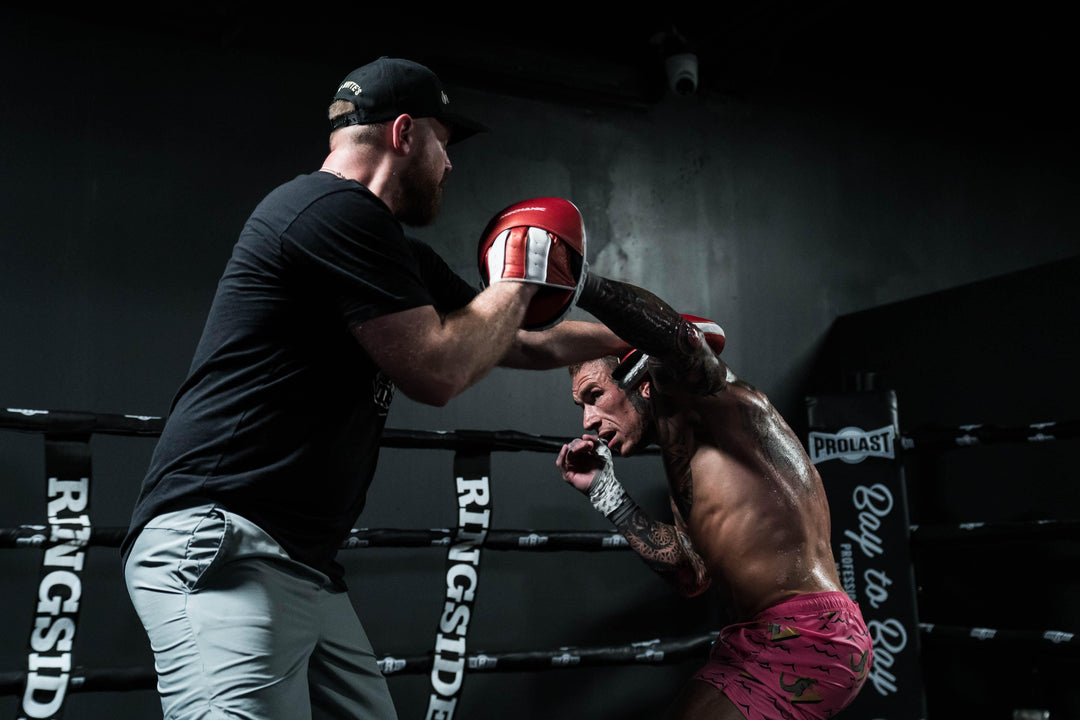
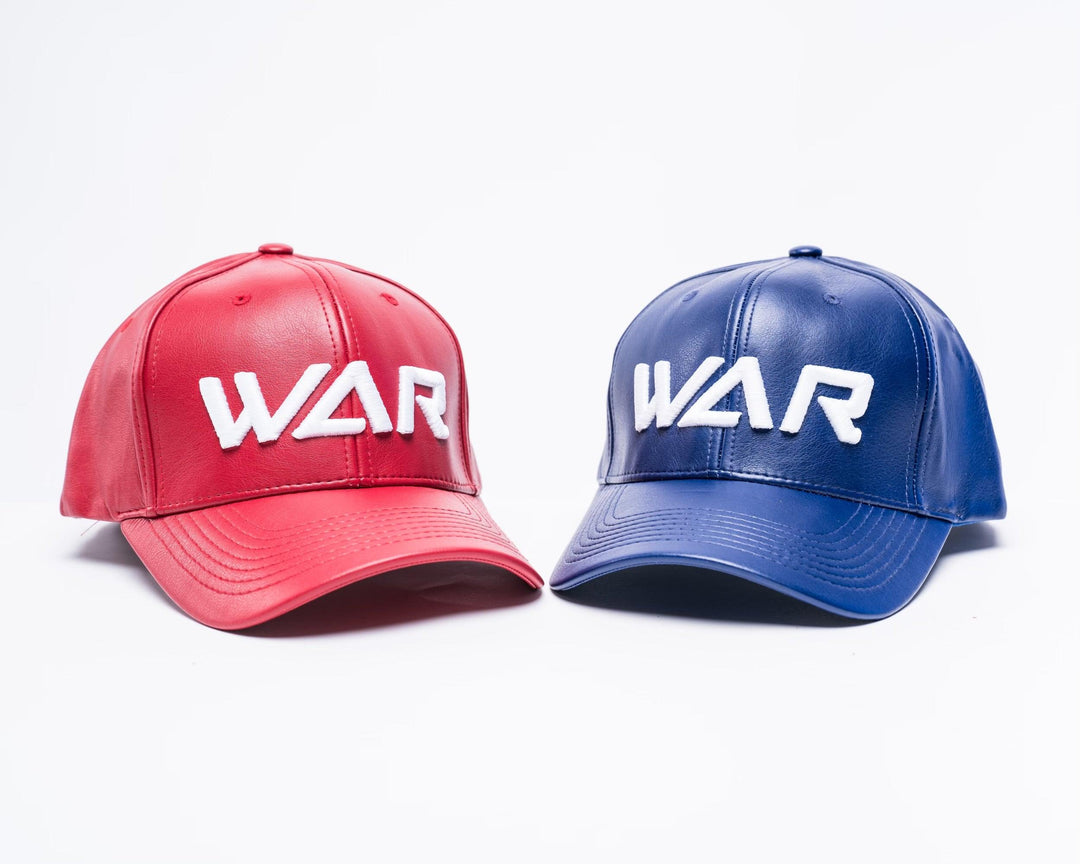






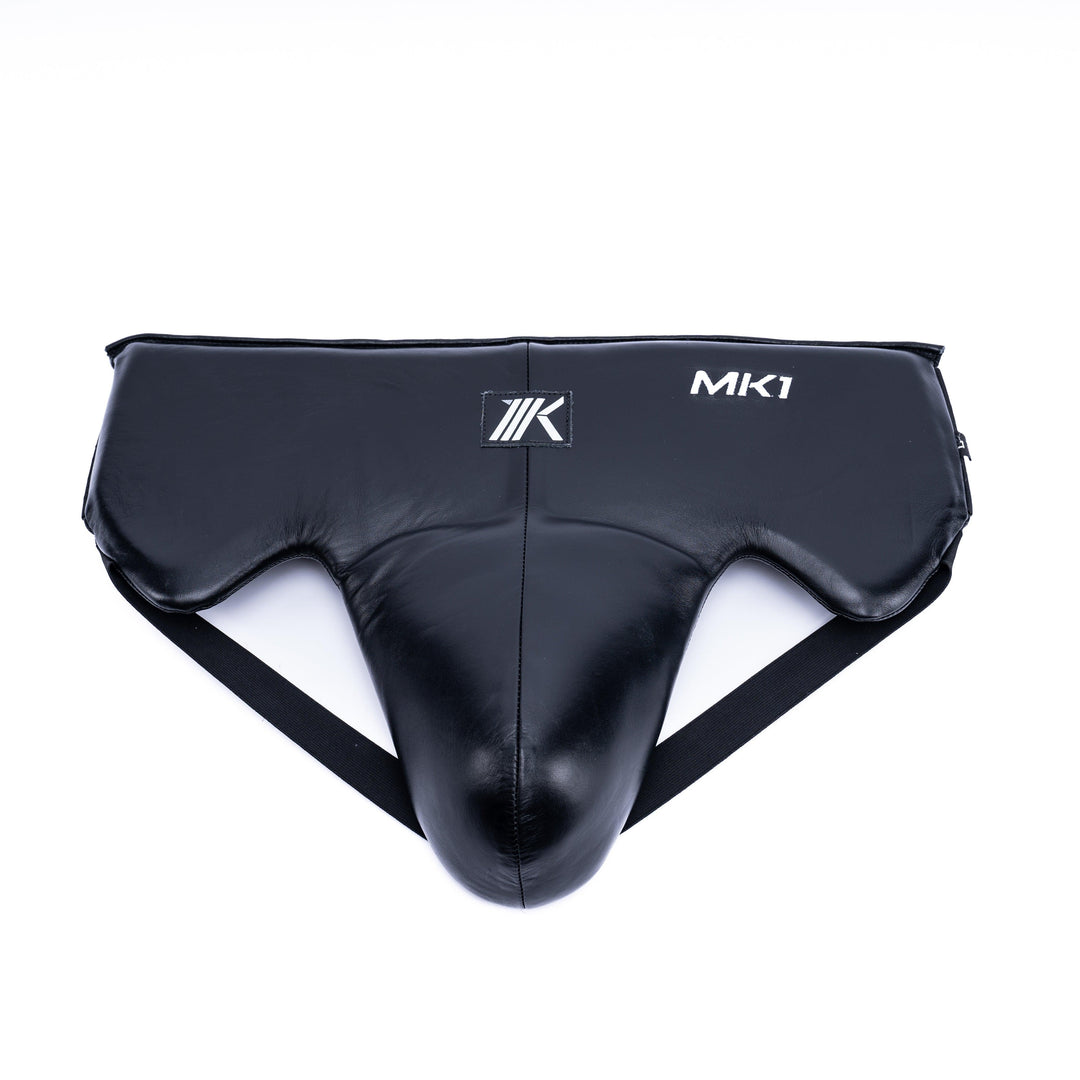
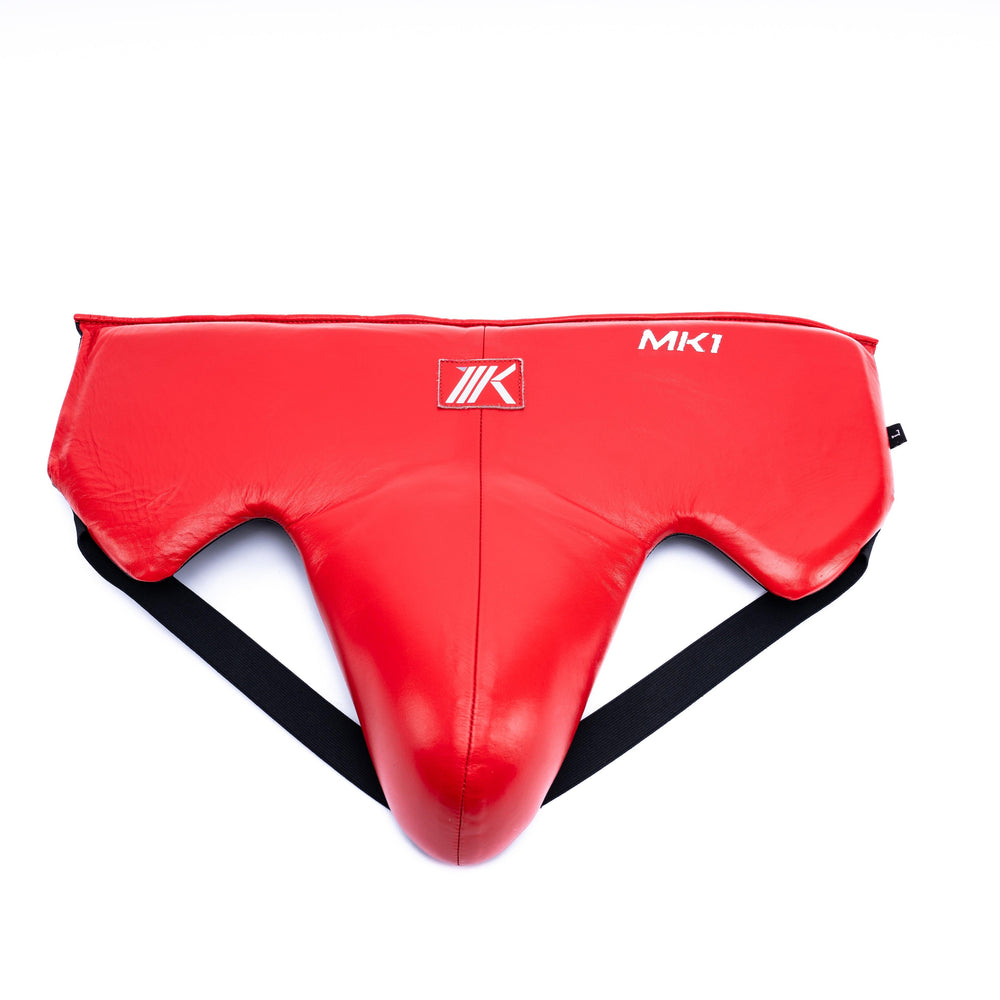
Leave a comment